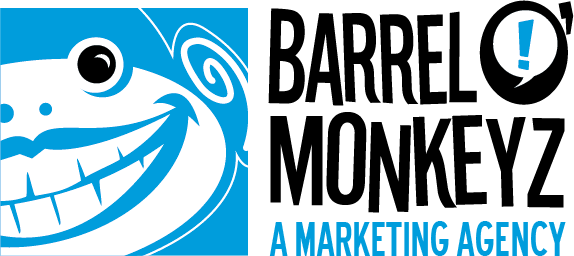WOW! 10,000 followers and counting on Facebook, Twitter, LinkedIn . . . 50,000 likes! It’s fantastic, right? But what does it all mean? How can you leverage your followers/social media community effectively? How do you get action, results?
I recently asked my social media community for help. It was interesting to see who viewed my request and who took action. Initially, I took the less than emphatic response by some a bit personally, especially with how much help I tend to give others. But then I got to thinking, “Maybe I am going about this all wrong. Maybe my message and my approach was wrong for the audience.”
While I could start by telling you to develop an overall strategy with clear goals and measurable objectives for your social media efforts, you probably already know that. Goals and objectives are important, but how do you translate them into functional strategies?
We may take the time to build our networks, some of us by one hand shake and one banana at a time, other’s by acquiring followers through less personal means, such as “like me,” “follow me,” “fan me,” and so on. But do we really ever get to know our followers—who they are, why they’re following us, what they hope to get out of the relationship? It’s important. Why? Because knowing who your followers are and why they follow you is critical to successful communication with them. It’s as simple as marketing “101”—know your audience and target messages to them appropriately to get the results you want.
Many social media sites allow you to customize lists for followers vs. friends to a degree, but even that can be misleading and not garner desired results. So here is my holiday gift to you: if you haven’t already, try to get your hands on a simple, yet fantastic, book called Referral of a Lifetime (http://books.google.com/books/about/The_Referral_of_a_Lifetime.html?id=3faLB2mY18AC ).
In this book, author Tim Templeton recommends that you divide your network, not by school, work setting, church, social group, etc., but into four distinct segments using these three criteria:
- People who understand what you do
- People who understand how to help you
- People who want to help you
Group A = People who meet ALL of the above criteria
Group B = People who meet 2 of the 3 criteria
Group C = People who meet 1 of the 3 criteria
Group D = People who meet 0 of the 3 criteria
After segmenting your groups, simply get rid of all people in Group D (at least figuratively, in the social media sense!). When it comes to communication strategies, these people are wasting your time.
Now create your communication strategy. Focus most of your efforts on Group A because that’s where you’ll find the majority of your results. Next focus on Group B. While it will take some effort, you can educate members of Group B and convert them into “A”s over time. As for Group C, they get holiday cards. The time and effort you spend with them may one day make them Group B members, but for now your time is better spent on Groups A and B.
Now, if you’re not comfortable segmenting your followers like this, you need to start thinking like an HR person sorting a stack of resumes. All you’re doing is dividing them into three piles: A, B and C, where Group C goes into the circular file (trash) and Group B seldom gets touched.
While it may sound simple (because it is!), there’s lots more good stuff in Templeton’s book designed to get you over the hump and focus your social media monkey chatter. You just might be amazed how directing your time and energies to where it matters most will not only improve results but also lift your spirits.
What gift can you give the Barrel O’ Monkeyz community? Share ways can you apply this approach to your communications strategy and tell us how you make out.

Thats good, your blog is cool, i like it. Thanks for the efforts my friend.
I must say your own website is actually outstanding! I will undoubtedly appear back again once again!
I liked reading through your submit. I’ve got to admit it had been the initial content material in your website I genuinely loved and where I’d a feeling of understanding, know what I am talking about? Anyhow, maintain the posting and I will return once again.
Like the blog